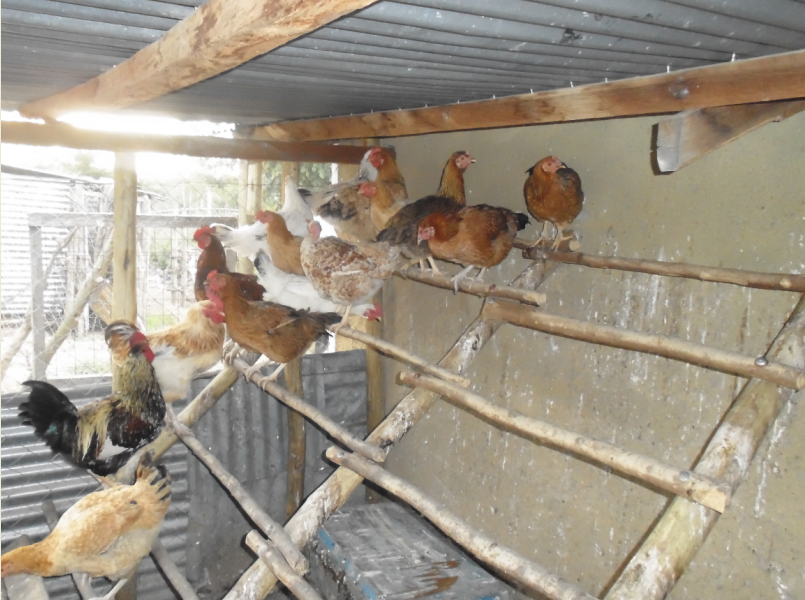Kienyeji Chicken farming is the new buzz amongst the poultry farmers in Kenya. While the exotic breeds produce more eggs and meat compared to the indigenous breeds, they require more tasking management during the production and consume a massive amount of food. That means the farming of the exotic breeds mostly leaves out the poor farmers who may not afford the costs incurred in feeding, vaccination and other expenses. The most popular Kienyeji breed-the KARI Improved Kienyeji was developed over a period of 10 years by studying the characteristics of the indigenous chicken breeds throughout Kenya.
Through years of interbreeding, the researchers at KARI Naivasha have come up with the perfect compromise between the indigenous breeds and the exotic breeds. It produces 200-250 eggs per year, compared to the 300 for the exotic breeds but with minimal overheads. It also produces better meat quality and has greater disease resistance. That means more money in the pockets of the farmers.
The new Improved Kienyeji breeds also fetch more from the market compared to the broilers. A hen is likely to fetch Ksh.600-Ksh750 while the cocks fetch anything from Ksh.1000 to Ksh.1200. The trend towards health conscious products and a market that is increasingly appreciating organically produced products has also driven up the demand for the kienyeji chicken. Here are four main reasons why farmers across Kenya are now opting for the KARI Improved kienyeji chicken breeds:
Low Cost of Production
If you are worried about the big nightmare of feeding your broilers, especially when they have hit 8 weeks and you cannot find a ready market for your birds, then the improved kienyeji breed is the answer. These can be reared in a free-range or semi free range system where the cost of feeding is drastically minimized. You can make small investments in commercial feed but also let them scavenge for food without diminishing your egg or meat production. The hens are also disease resistant so your losses due to disease outbreaks are largely minimized.
More nutritious eggs and meat
Rearing your chicken in the free range or semi-free range systems, where chicken are allowed to roam unrestricted or in a restricted environment results in eggs which are more nutritious. The scavenging chickens scratch the ground to unearth more diverse and nutritious food sources such as termites. From these numerous nutrients, consumers are assured of excellent and more nutritious egg and poultry production. In the semi free range system, farmers can use several techniques to increase the number of termites in the enclosure.
These are covered in our KARI Improved Chicken Farming manual which goes for Ksh.500. This is not simply a cliché but has been verified through research by the US Department of Agriculture or the USDA which found that eggs produced by chicken under a free range system are a lot more nutritious than those produced under commercial conditions with commercial feeding. If you are into ethical farming practices, then the kienyeji chicken farming is the way to go.
Fetch higher market prices for your poultry products
Both the meat and egg products from the kienyeji chicken fetch twice as much as those from the caged birds. If there was ever any motivation for starting a business, then here is a powerful one! Maximum profits with minimal overheads.
Get started today with your organic poultry farming with our KARI Improved Kienyeji Chicken farming manualGet started today with your organic poultry farming with our KARI Improved Kienyeji Chicken farming manual. Developed by some of the leading poultry farming researchers in the industry, the manual contains all the information that you will need for your poultry rearing venture including information on the poultry breeds, brooding management, kienyeji chicken housing, feeding of kienyeji chicken, health and disease management of the poultry, record keeping and farm management amongst others. Drop us an email at improvedkienyeji[at]gmail[dot]com and reserve your copy today.


